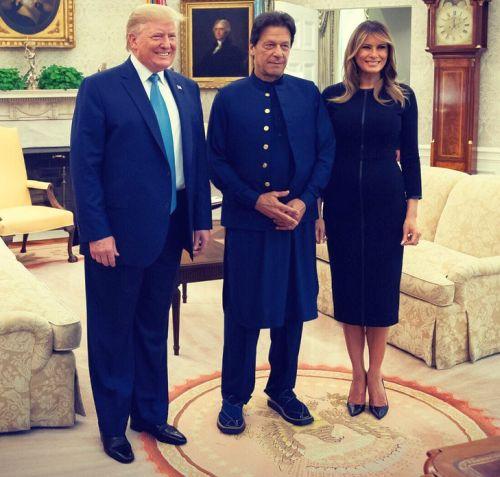Prime Minister Narendra Modi’s overwhelming victory in India’s recent elections solidified his grip on power and ensured that he will set the country’s agenda for the foreseeable future. While the vote was technically a victory for his right-wing, nationalist Bharatiya Janata Party, Modi turned it into a referendum on himself, becoming the face of nearly every BJP candidate’s local campaign. The landslide victory has critics paying close attention to whether Modi doubles down on the Hindu nationalism and illiberalism that characterized his first term in office, or reins it in.
Modi played up his strongman persona on the campaign trail, particularly with regard to Pakistan. He pushed a message that only he could protect India and even used images of the Indian military in his advertisements. That could complicate any rapprochement between the two countries.














/arc-anglerfish-arc2-prod-mco.s3.amazonaws.com/public/2IHYPSAVP5C37AQCXSG2QTXZDM.jpg)

/arc-anglerfish-arc2-prod-mco.s3.amazonaws.com/public/EL3ICO5OZ5CGHELDNJMNAXT2BI.jpg)



